Cryptocurrency staking has become a fundamental mechanism in blockchain networks, particularly those operating under the Proof-of-Stake (PoS) consensus model. Unlike traditional mining, staking allows users to lock up their digital assets to support network security and operations while earning rewards. Over the years, staking has evolved beyond its initial purpose, leading to innovative applications such as restaking, liquid staking, and institutional staking strategies.
The Rise of Restaking and Multi-Chain Security
One of the most significant developments in staking is restaking, which enables staked assets to be reused across multiple blockchain networks. This approach enhances security while allowing participants to earn additional rewards. Platforms like KernelDAO have pioneered this trend by offering infrastructure that connects Ethereum and BNB Chain, enabling users to leverage their staked assets across different protocols. By issuing liquid restaking tokens (LRTs), KernelDAO allows Ethereum stakers to maintain liquidity while participating in decentralized finance (DeFi) applications.
Institutional Adoption and High-Yield Staking
As staking matures, institutional investors have begun exploring its potential for generating passive income. Some of the highest staking rewards in 2025 come from networks like Ethereum (ETH), Solana (SOL), Cardano (ADA), and Polkadot (DOT), with certain tokens offering annual returns exceeding 90%. This has led to the emergence of staking funds, where institutions allocate capital to staking pools for optimized returns. Additionally, platforms like Coinbase have introduced Bitcoin yield funds tailored for institutional investors, signaling a broader acceptance of staking beyond PoS networks.
Regulatory Challenges and Market Dynamics
Despite its growing popularity, staking faces regulatory scrutiny, particularly in jurisdictions concerned about financial stability and investor protection. Some regulators argue that staking rewards resemble interest payments, potentially classifying them as securities. This has led to debates over compliance requirements and the need for transparent staking mechanisms. Meanwhile, market dynamics such as staking ratios, validator performance, and inflation rates continue to influence staking rewards, making it essential for participants to stay informed about evolving trends.

Liquid Staking and DeFi Integration
Liquid staking has emerged as a solution to the traditional limitations of staking, where locked assets remain inaccessible. By issuing liquid staking derivatives, platforms like Kelp allow users to stake their assets while retaining tradable tokens that can be used across DeFi protocols. This innovation has attracted billions in total value locked (TVL), integrating staking with lending, yield farming, and decentralized exchanges. As a result, stakers can maximize their earnings without sacrificing liquidity.
The Future of Staking: Sustainability and Scalability
Looking ahead, staking is expected to play a crucial role in blockchain sustainability and scalability. With Ethereum’s transition to Proof-of-Stake, staking has significantly reduced the network’s energy consumption, making it more environmentally friendly. Additionally, layer-2 solutions are integrating staking mechanisms to enhance transaction efficiency and network security. As staking continues to evolve, its applications will likely expand into areas such as real-world asset tokenization, decentralized identity verification, and cross-chain interoperability.
Emerging Trends in Staking and DeFi Synergies
Beyond traditional staking models, the integration of staking with decentralized finance (DeFi) continues to unlock new possibilities. The restaking renaissance has gained momentum, allowing staked assets to be reused across multiple blockchain networks to enhance security and generate additional rewards.
Platforms like KernelDAO have pioneered liquid restaking solutions, enabling Ethereum stakers to maintain liquidity while participating in DeFi applications. Additionally, high-yield staking opportunities have attracted institutional investors, with some tokens offering annual returns exceeding 90%2. As staking evolves, its role in securing blockchain ecosystems and facilitating financial innovation will likely expand, reinforcing its significance in the broader crypto landscape.



